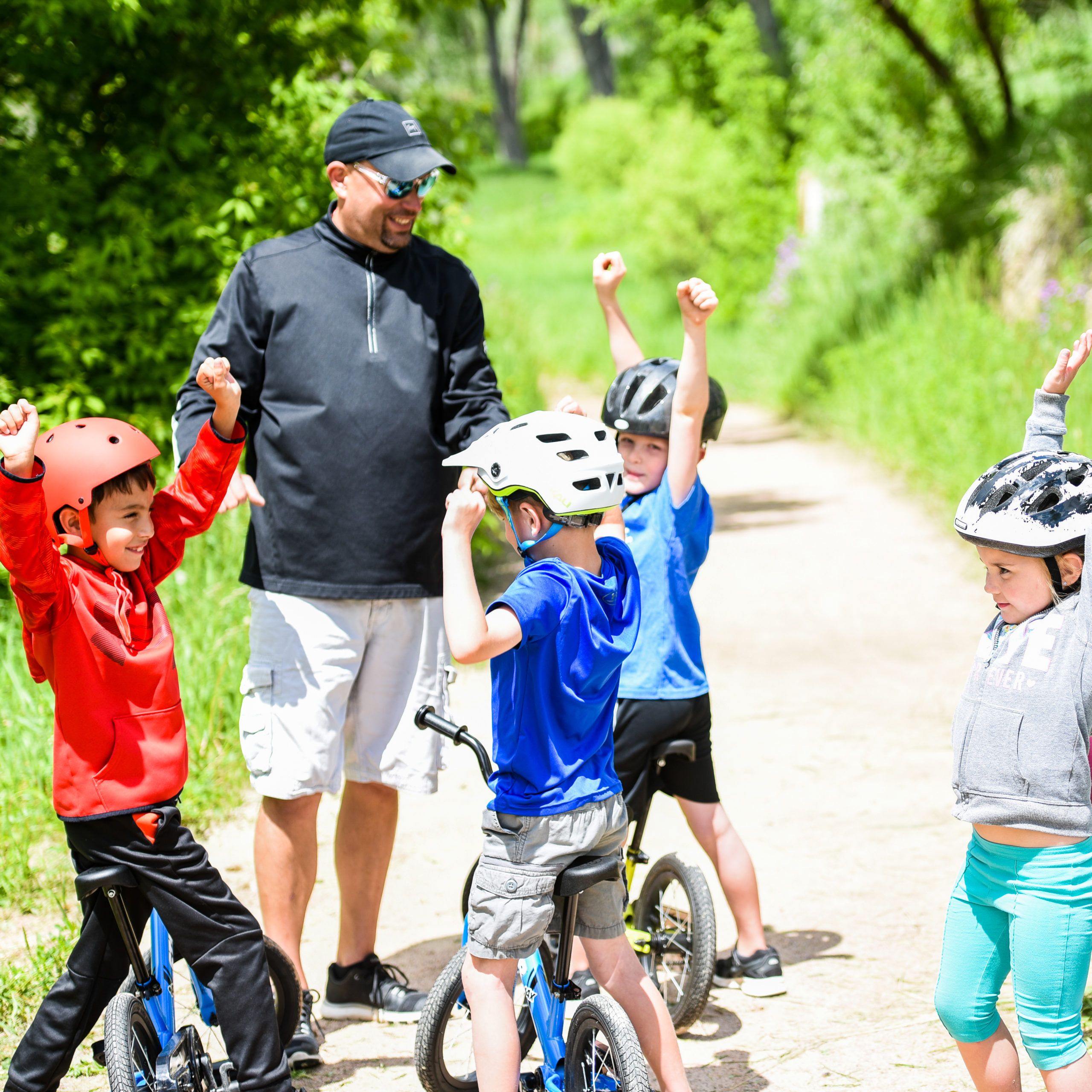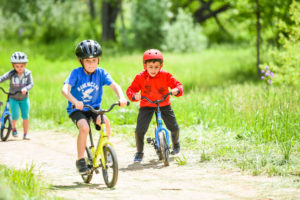
Benefits Of Biking; Can Biking Improve Participation In Team Sports?
 There is plenty of information available from countless experts that help underscore the benefits of bike riding. But we wanted to know, will riding a bike help with training for other sports and even team sports? We all know that to be fit and healthy, you need to be physically active regularly. Not only can a routine of physical activity help protect you from serious diseases such as obesity, heart disease, mental illness, diabetes, and arthritis, it can also benefit you in ways of providing increased muscle strength and flexibility, improved joint mobility, decreased stress levels, and can help reduce anxiety and depression. One great way to stay active and have fun is bicycle riding. Riding a bike is a dynamic activity to help people remain active. The reason is because it’s a low impact activity, meaning there is less strain on joints. It also provides a good muscle workout; it’s good for strength and stamina and a great way to improve cardiovascular health while having a good time. Part of participating in a team sport is training to stay active, training to maintain cardiovascular stamina and muscle strength needed to perform at optimal performance. While sport-specific training is an excellent approach to staying “on top of your game” recently, we discovered that a team at the University of Texas reviewed existing studies to discover that athletes have been adding cycling to benefit their training programs. [source https://www.peakendurancesport.com] Why cycling? For the many reasons listed above and because cycling is a great way to boost endurance for non-cyclists. Thanks to the low impact benefit of cycling, athletes see cycling as a way to enable their bodies with more time to recover from tough training/competitive training phases and improve future injury resilience. Athletes also believe that involving a different training method may help rejuvenate the mental approach of endurance, resulting in a boost of performance.
There is plenty of information available from countless experts that help underscore the benefits of bike riding. But we wanted to know, will riding a bike help with training for other sports and even team sports? We all know that to be fit and healthy, you need to be physically active regularly. Not only can a routine of physical activity help protect you from serious diseases such as obesity, heart disease, mental illness, diabetes, and arthritis, it can also benefit you in ways of providing increased muscle strength and flexibility, improved joint mobility, decreased stress levels, and can help reduce anxiety and depression. One great way to stay active and have fun is bicycle riding. Riding a bike is a dynamic activity to help people remain active. The reason is because it’s a low impact activity, meaning there is less strain on joints. It also provides a good muscle workout; it’s good for strength and stamina and a great way to improve cardiovascular health while having a good time. Part of participating in a team sport is training to stay active, training to maintain cardiovascular stamina and muscle strength needed to perform at optimal performance. While sport-specific training is an excellent approach to staying “on top of your game” recently, we discovered that a team at the University of Texas reviewed existing studies to discover that athletes have been adding cycling to benefit their training programs. [source https://www.peakendurancesport.com] Why cycling? For the many reasons listed above and because cycling is a great way to boost endurance for non-cyclists. Thanks to the low impact benefit of cycling, athletes see cycling as a way to enable their bodies with more time to recover from tough training/competitive training phases and improve future injury resilience. Athletes also believe that involving a different training method may help rejuvenate the mental approach of endurance, resulting in a boost of performance.

So how does this translate to children involved in sports? While some children will be naturally prone to competitive team sports, sport-specific training can end up taking a toll on their bodies. The low impact benefit of cycling can help provide the cardiovascular benefits they are seeking without a higher risk of injury. According to the Sports & Fitness Industry Association (SFIA), core participation in traditional sports for youth has been declining for several reasons, including the level of competitiveness and the risk of injury. Michelle Flowers, a member of the International Society for Sports Psychiatry, says, “Sports like climbing, cycling, and running allow a child to focus on making one move at a time to achieve a longer goal. Successes are much more defined by personal growth than winning or victory over another team. There is a sense of accomplishment in completing a project or successfully navigating a course that is inherently valuable and intrinsically rewarding. These individualized sports allow children multiple attempts to overcome an obstacle or solve a problem. Failures are an integral part of the learning process. This can then be generalized to life experiences.”

Having a skill that can carry through when team sports ends is vital to keeping children active. Sabra Davison, founder of Little Bellas Mountain Bike Camp for girls 7 to 18, saw firsthand the gap that happens in sports when girls get older, and team sports participation ends. “You see it a lot, especially in college. Team sports end, and then what? Through injury, age, and all those things that inherently happen as you get older, mountain biking [and other less conventional sports] sticks with you.”
Michelle Flowers agrees. “The physical benefits of balance, strength, and agility can be generalized to multiple activities, including everyday adventures like going to the park or climbing trees,” she said. “There is a universal and timeless appeal to these sports.”

Children involved in team sports can use biking as part of their regular training routine and also stay active between regular sports seasons. For those not interested in team sports, they can enjoy physical activity without the stress of competition. However you look at it; cycling is a great way to improve endurance, cardio fitness, and improve mental health. We see that as a win for any child, whether they are involved in team sports or not!